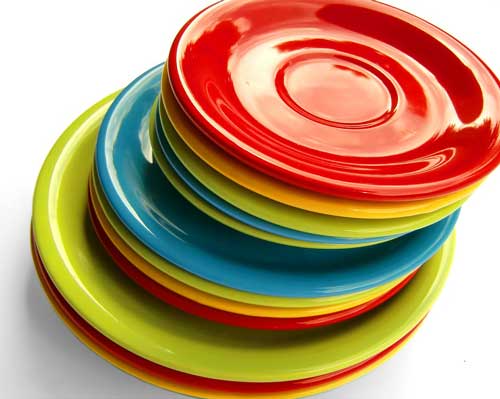Chemistry µGCSE:Empirical Formula
10 quick questions - for GCSE and iGCSE
|
10 minutes maximum! Can you do it in 5? |
|||||||||||||||||
| 1. The simplest whole number ratio of atoms in a compound is the . | |||||||||||||||||
| 2. The actual number of atoms in a molecule is the . | |||||||||||||||||
3. The empirical formula of the compound formed when 0.2 mole of metal X combines with 0.4 mole of non-metal Y is:
| |||||||||||||||||
4. The simplest formula for the compound formed when 16g of sulfur reacts completely with 24g of oxygen is:
| |||||||||||||||||
| 5. The plastic melamine has the empirical formula CH2N2 and a molar mass of 126g/mol. |  |
||||||||||||||||
The molecular formula of melamine is:
|
| ||||||||||||||||
Q6-7. Hydrocarbon X has a relative molecular mass of 42 and contains 85.7% carbon and 14.3% hydrogen. 6. The empirical formula of X is:
|
|||||||||||||||||
7. The molecular formula of X is:
| |||||||||||||||||
| 8. 0.20g of magnesium oxide was formed by heating 0.12g of magnesium ribbon in a crucible.
|
|
||||||||||||||||
Calculate the number of moles of magnesium and oxygen atoms in the magnesium oxide.
| |||||||||||||||||
Q9-10. An oxide of copper was reduced to copper by heating in methane gas in the apparatus shown here:
The following results were obtained:
[Relative atomic masses: Cu = 64; O = 16] |
|||||||||||||||||
9. The masses of copper and oxygen in the original sample are:
| |||||||||||||||||
10. The formula of the oxide of copper is:
| |||||||||||||||||